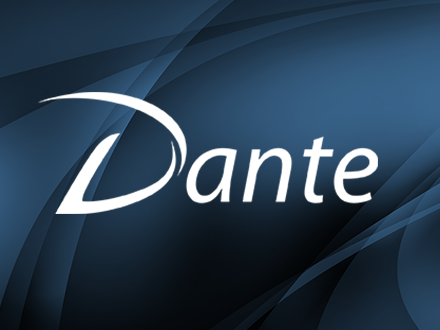Market Realities of Customer Loyalty
Today customers have more choice than ever. Every business has some type of loyalty program, most revolving around the collection of points. Even if a company’s reward is in a form other than points, such as cash back, billing discounts, or special offers, most retention programs are reactive and reward all customers globally.
The reality is that people do not use their points. Most loyalty programs leave customers frustrated feeling as though the reward is less valuable than expected; offering complicated accrual schedules, and making it difficult to receive their rewards.
A loyalty program that rewards all customers the same way does not work. This herd mentality assumes all customers will be influenced by the same reward the same way, therefore taking an action that is beneficial to the company, such as continued purchase of products and services. But this is not the case, 33% of all rewards go unredeemed and therefore have no impact (Source: Colloquy Customer Loyalty Census).
The reactive nature of today's rewards programs further impedes the program’s ability to positively impact the bottom line. A customer is typically given a reward after a purchase or after a poor customer service experience. There is an assumption that this type of reactive rewards distribution increases customer satisfaction and that increased customer satisfaction equals increased customer loyalty. Both of these assumptions are incorrect. Data shows that with or without rewards in place, 20% of satisfied customers still leave, and 28% of dissatisfied customers continue to stay (Source: Corporate Executive Board).
We learned in our previous discussion on customer service metrics and loyalty that the most common customer service satisfaction scores are not indicative of customer loyalty, rather the customer effort score is a better predictor of loyalty. The least amount of effort a customer must put into solving their problem; the more likely they are to continue to be loyal to your brand. Simply offering the customer a reward such as a bill credit after closing a problem ticket does not guarantee customer retention.
Having the right loyalty program can be an effective weapon in increasing customer retention and reducing churn, and customer retention has a big impact on profits. If you increase customer retention by 5%, profits increase by greater than 25%.
These market realities exist, but how do you best solve them? Integrating the rewards program into the full customer experience can have a big impact. A loyalty program must be predictive and prescriptive, not reactive. Loyalty programs must predict customer behavior along with loyalty attitudes, which are opinions and feelings about products, services, brands, or businesses that are associated with repeat purchases, all across market segments. This is accomplished by having more data about the customer and the context of your interaction with them. By knowing the likelihood that an event is about to occur, a loyalty platform driven by actionable analytics will preemptively provide mitigating or corrective steps to the customer, dramatically reducing the customer’s problem solving time while allowing them to return to business as usual with the company’s products and services. With the right data at the right time for that specific customer a reward can have little to no cost effect to your company, making the potential opportunity cost of the provided reward huge to your bottom line.
The Dante team has the experience and expertise to help you harness Actionable Analytics creating an effective loyalty strategy.
